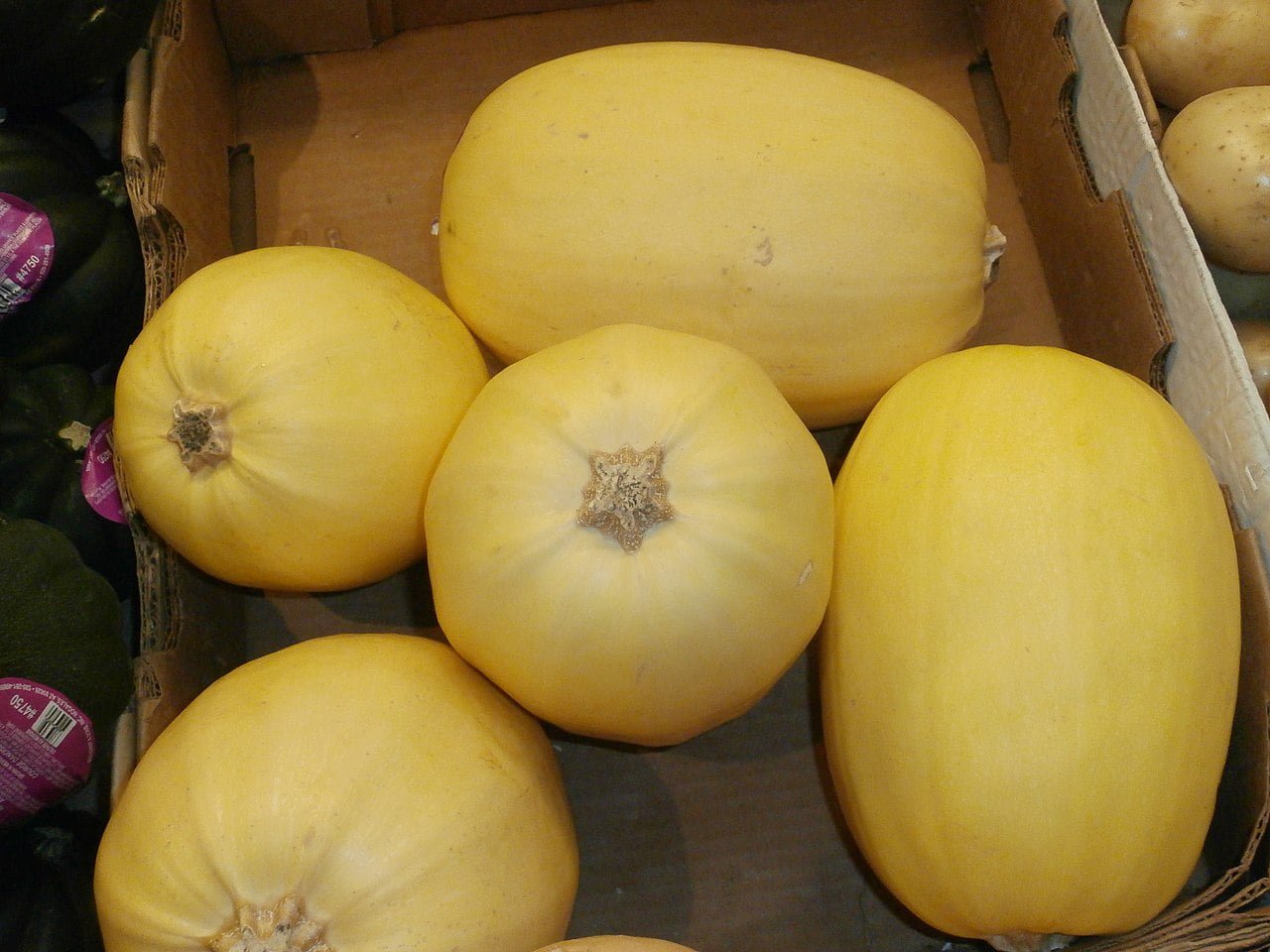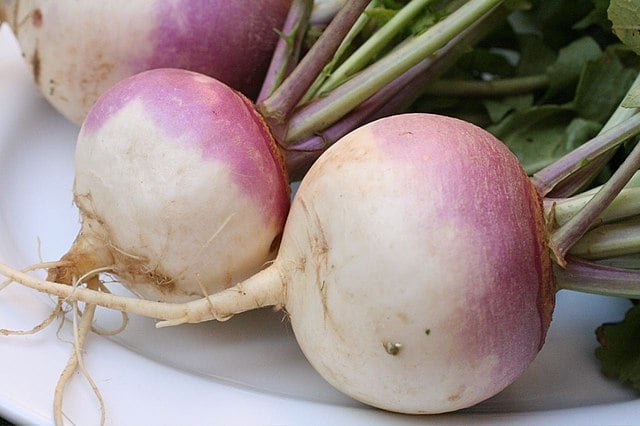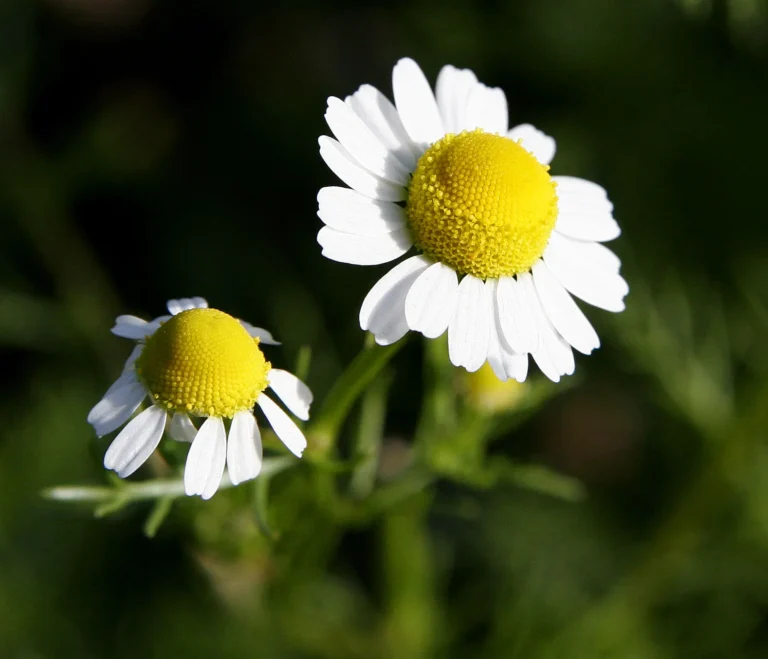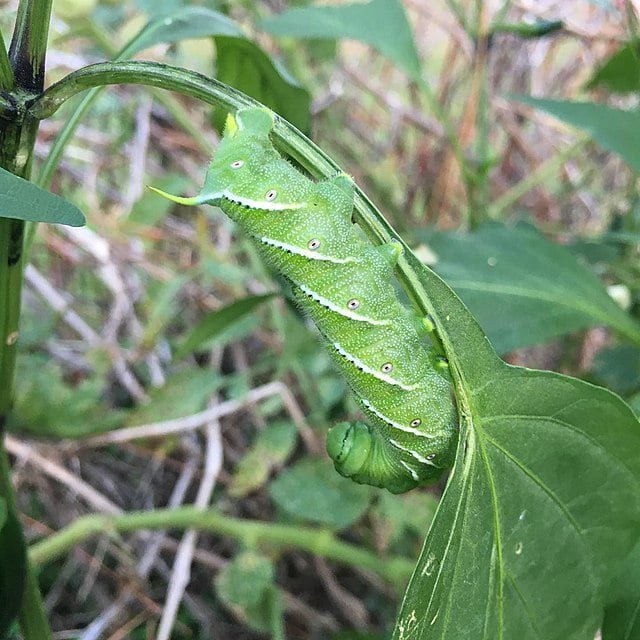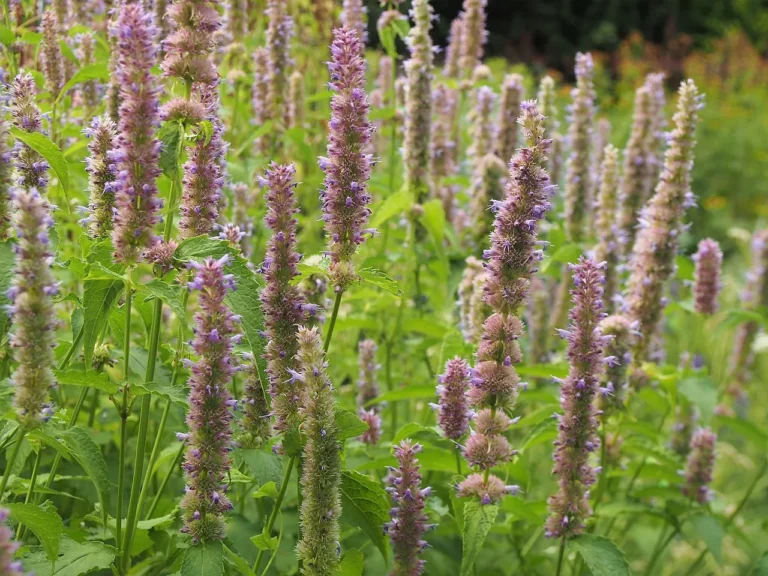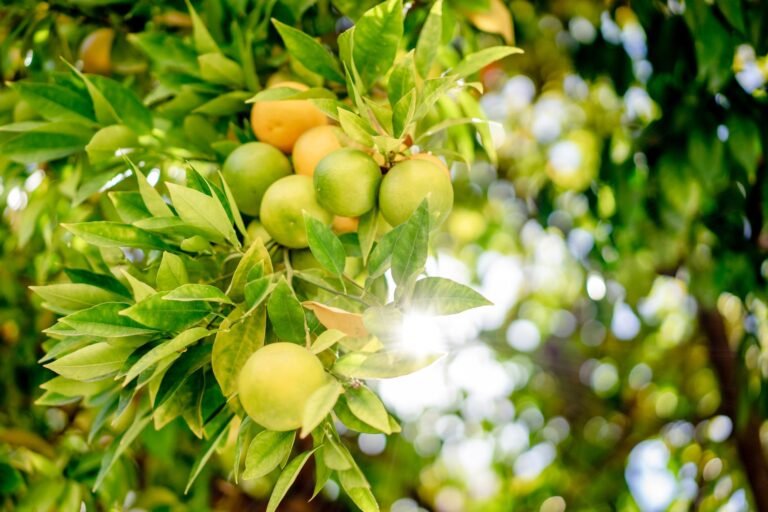How to Grow Spaghetti Squash: A Comprehensive Guide
Introduction to Spaghetti Squash
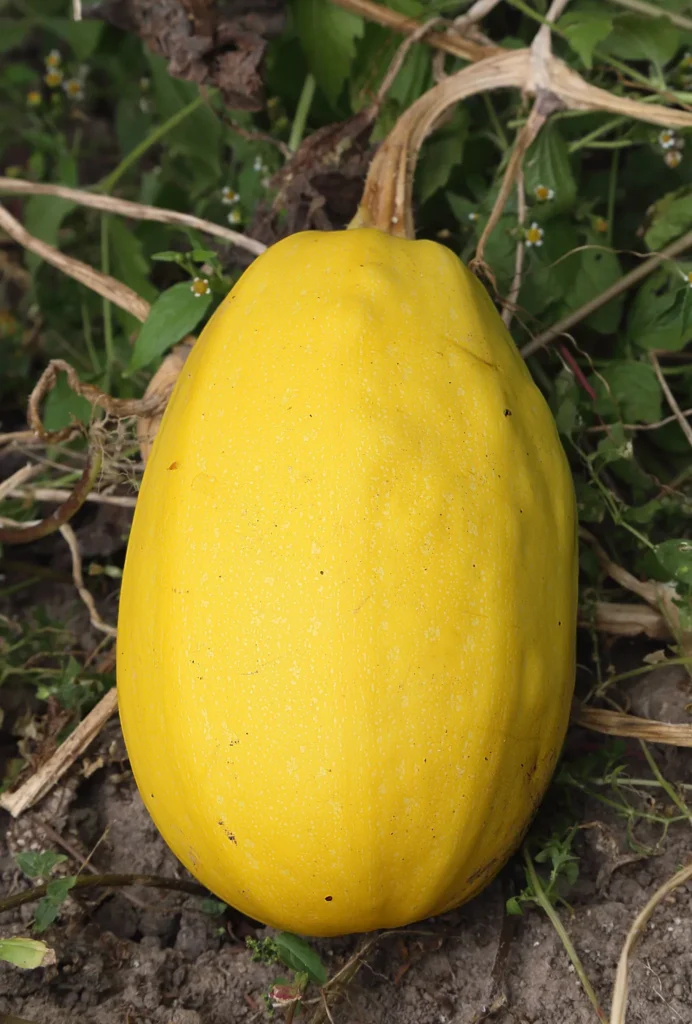
Spaghetti squash (Cucurbita pepo) is a winter squash known for its unique flesh that, when cooked, separates into spaghetti-like strands. It’s a popular low-carb alternative to pasta, with a mild, slightly sweet flavour. Growing spaghetti squash is similar to growing other types of squash or pumpkins, requiring warm soil, plenty of sunshine, and a bit of space to flourish.
| Care Aspect | Details |
|---|---|
| Sunlight | Full sun (6-8 hours of direct sunlight daily) |
| Soil | Well-draining, rich in organic matter, pH 6.0-6.8 |
| Planting Time | After the last frost when soil temperature reaches at least 60°F (15°C) |
| Sowing Depth | 1 inch deep |
| Spacing | 3-4 feet apart in rows 6-8 feet apart. For hills, sow 4-5 seeds per hill and thin to 2-3 plants. |
| Watering | Consistently moist soil; water deeply once a week, more often in hot, dry conditions |
| Fertilizing | Balanced, all-purpose fertilizer after first set of true leaves and at blossom development |
| Mulching | Apply organic mulch to retain moisture, regulate soil temperature, and suppress weeds |
| Support | Optional but beneficial; use trellises or supports to save space and reduce pest and rot issues |
| Pollination | Ensure pollination between male and female flowers; consider hand-pollinating if bee activity is low |
| Pests | Watch for squash bugs, cucumber beetles, and vine borers; use appropriate controls |
| Diseases | Practice crop rotation and good hygiene to prevent powdery mildew and other fungal diseases |
| Harvesting Time | About 100 days after planting; when skin is a deep colour and hard |
| Harvesting Method | Cut from the vine with a sharp knife, leaving 2-3 inches of stem attached |
| Storage | Store in a cool, dry place; properly cured squash can last several months |
Choosing a Planting Site
- Sunlight: Spaghetti squash plants need full sun, meaning at least 6 to 8 hours of direct sunlight daily.
- Soil: Choose a site with well-draining soil, rich in organic matter. The ideal soil pH is between 6.0 and 6.8.
- Space: These plants need space to sprawl. Plan for 3 to 4 feet between plants in rows set 6 to 8 feet apart.
Planting Spaghetti Squash
- Timing: Plant spaghetti squash seeds outdoors after the last frost date when the soil has warmed to at least 60°F (15°C). You can start seeds indoors 2-3 weeks before the last frost date in cooler regions.
- Sowing Seeds: Plant seeds 1 inch deep. If planting in hills, sow 4 to 5 seeds per hill and later thin to the 2 or 3 strongest plants.
- Watering: Water the planting area thoroughly after sowing. Keep the soil consistently moist but not waterlogged during germination and early growth.
Care and Maintenance
- Mulching: Apply a layer of organic mulch around the plants to retain soil moisture, regulate soil temperature, and suppress weeds.
- Watering: Spaghetti squash requires regular watering, especially during fruit set and development. Water deeply once a week, more frequently in hot, dry weather.
- Fertilizing: Feed the plants with a balanced, all-purpose fertilizer after the first set of true leaves appears and again when the first blossoms develop.
- Support: While not strictly necessary, providing a sturdy trellis or support can help save space and keep fruits off the ground, reducing the risk of rot and pest damage.
Pollination
Spaghetti squash plants have male and female flowers. For fruit to set, pollen from male flowers must be transferred to female flowers. In areas with low bee activity, consider hand-pollinating by transferring pollen with a small brush or cotton swab.
Pest and Disease Management for Spaghetti Squash
Common Pests
- Squash Bugs: These pests suck the sap from leaves, causing yellow spots that eventually turn brown. Handpick bugs and eggs from the undersides of leaves early in the morning. Use floating row covers to protect plants, removing them during flowering to allow for pollination.
- Cucumber Beetles: Both striped and spotted cucumber beetles feed on leaves, flowers, and young fruits, transmitting bacterial wilt in the process. Use row covers to prevent access, and apply neem oil or pyrethrin-based insecticides as needed.
- Squash Vine Borers: These larvae bore into squash stems, causing plants to wilt. Keep an eye out for their frass (sawdust-like excrement) at the base of plants. Inject Bt (Bacillus thuringiensis) into the stems or apply beneficial nematodes around the plant base to combat them.
Common Diseases
- Powdery Mildew: This fungal disease appears as white, powdery spots on leaves and can reduce yield. Increase air circulation around plants and avoid overhead watering. Apply sulfur or potassium bicarbonate-based fungicides at the first sign of infection.
- Bacterial Wilt: Spread by cucumber beetles, this disease causes plants to wilt and die rapidly. Control cucumber beetles and remove and destroy affected plants to prevent spread.
- Downy Mildew: Characterized by yellow patches on the upper surfaces of leaves and a fluffy growth underneath, downy mildew thrives in cool, wet conditions. Use fungicides and practice crop rotation to manage downy mildew.
Preventive Measures
- Crop Rotation: Avoid planting squash in the same location more than once every three years to reduce disease buildup in the soil.
- Proper Spacing: Ensure adequate spacing between plants to improve air circulation, reducing the humidity that fosters fungal diseases.
- Sanitation: Regularly remove and destroy any infected plants or plant parts to reduce the spread of pests and diseases.
- Soil Health: Maintain healthy soil with good drainage and balanced nutrition to support strong plant growth, making them more resistant to pests and diseases.
Harvesting Spaghetti Squash
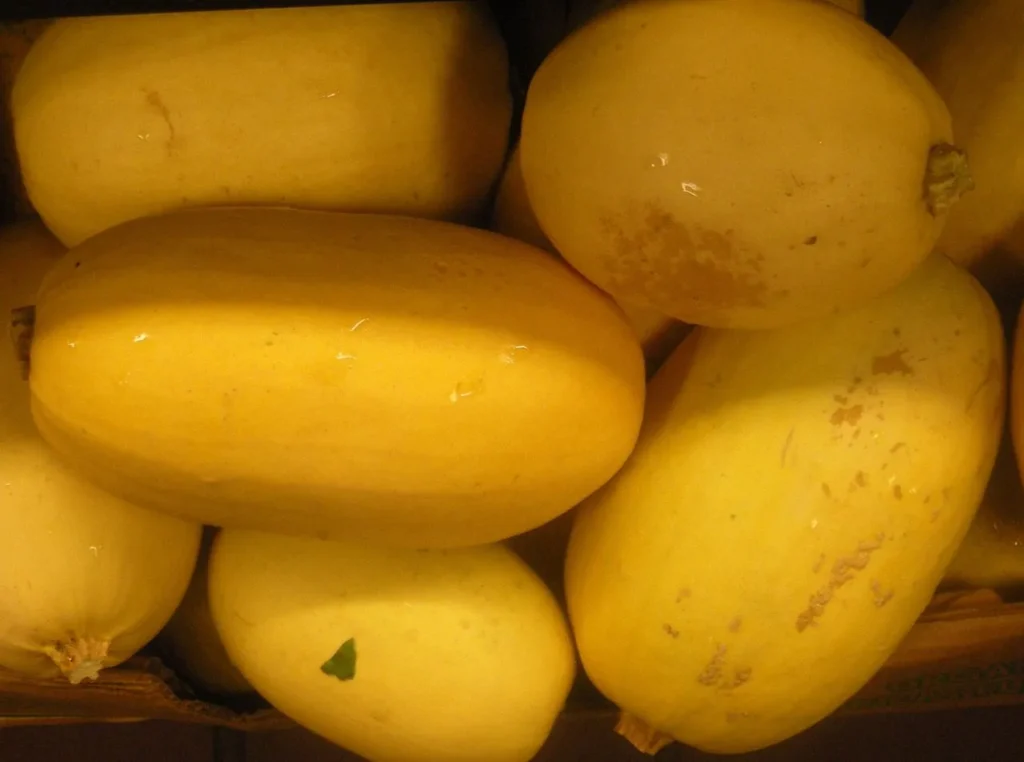
- Timing: Harvest spaghetti squash when the skin turns a deep, solid colour and is hard to the touch. This typically occurs about 100 days after planting.
- Method: Cut the squash from the vine with a sharp knife, leaving 2-3 inches of stem attached. This helps extend shelf life.
- Curing: Although not strictly necessary, curing spaghetti squash in a warm, dry place for a week can improve storage life.
Storing Spaghetti Squash
Store spaghetti squash in a cool, dry place. Properly cured squash can last for several months in storage. Check periodically and use any squash that starts to soften or show signs of decay.
FAQ on How to Grow Spaghetti Squash
When is the best time to plant spaghetti squash?
Plant spaghetti squash seeds outdoors after the last frost has passed and the soil temperature has reached at least 60°F (15°C). In cooler climates, you can start seeds indoors 2-3 weeks before the last expected frost date.
How much space do spaghetti squash plants need?
Spaghetti squash plants are vining and require a lot of space to spread out. Plant seeds or seedlings about 3 to 4 feet apart in rows that are 6 to 8 feet apart. If space is limited, consider growing them on a trellis or in a large container.
How often should I water my spaghetti squash plants?
Water your spaghetti squash plants deeply once a week, providing enough water to soak the soil around the roots. During hot, dry periods, they may require additional watering. Avoid overhead watering to reduce the risk of leaf diseases.
Do spaghetti squash plants need a lot of sunlight?
Yes, spaghetti squash plants require full sun to thrive, meaning at least 6-8 hours of direct sunlight each day. Choose a planting site that gets ample sunlight throughout the day.
How do I know when my spaghetti squash is ready to harvest?
Spaghetti squash is ready to harvest when the skin turns a deep yellow or orange color and is hard to the touch. The stem will also start to dry and turn brown. This typically occurs about 100 days after planting.
Can I grow spaghetti squash in containers?
Yes, you can grow spaghetti squash in large containers, but choose compact or bush varieties for best results. Ensure the container is large enough (at least 5 gallons) and has good drainage.
What are common pests and diseases that affect spaghetti squash, and how can I manage them?
Common pests include squash bugs, cucumber beetles, and squash vine borers. Diseases like powdery mildew and bacterial wilt can also occur. Manage pests and diseases by practicing crop rotation, using row covers, and applying organic pesticides or fungicides when necessary. Keep the garden clean and remove any affected plants promptly.
Can spaghetti squash be grown vertically to save space?
Yes, growing spaghetti squash vertically on a sturdy trellis or fence can save garden space and help prevent pests and diseases. Support the developing fruits with slings or mesh bags to avoid strain on the vines.
How long does it take for spaghetti squash to mature?
Spaghetti squash typically takes about 90 to 100 days to mature from planting to harvest, depending on the variety and growing conditions.
How should I store my harvested spaghetti squash?
Store harvested spaghetti squash in a cool, dry place with good air circulation. Properly stored, they can last for several months. Do not refrigerate uncut spaghetti squash, as cold temperatures can shorten its storage life.
Spaghetti Squash Recipes

Additional Resources for Spaghetti Squash
- The Old Farmer’s Almanac: Renowned for its comprehensive gardening guides, The Old Farmer’s Almanac offers detailed advice on growing spaghetti squash. From planting dates tailored to your local climate to expert tips on soil preparation, watering, and harvesting, this resource is invaluable for both beginners and experienced gardeners alike.Visit The Old Farmer’s Almanac – Spaghetti Squash for more information.
- Gardening Know How: This site is a treasure trove of gardening wisdom, and its section on spaghetti squash is no exception. Covering everything from sowing seeds to pest management and troubleshooting common issues, Gardening Know How provides practical advice to help you navigate the challenges of growing spaghetti squash.Explore Gardening Know How – Spaghetti Squash for a deep dive into successful spaghetti squash cultivation.
Conclusion
Growing spaghetti squash can be a rewarding endeavour for any gardener. With its delicious taste and versatile use in the kitchen, it’s a fantastic addition to any home garden. By following these detailed steps, you’ll be well on your way to enjoying a bountiful harvest of spaghetti squash.

